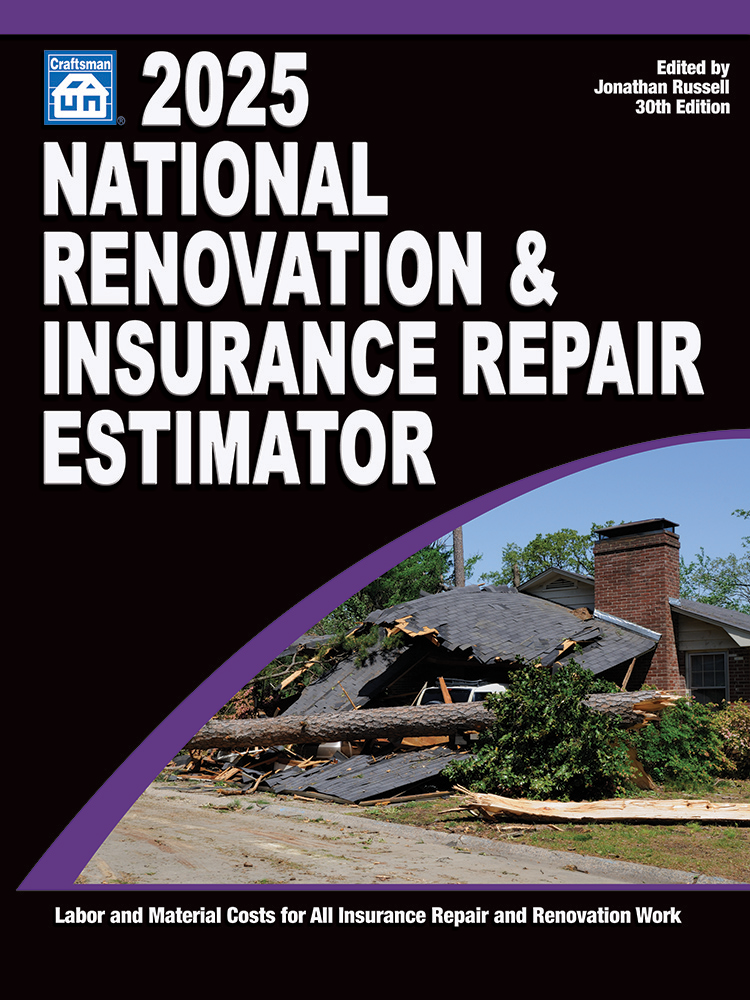Navigating Insurance Claims: Best Practices and Tips
Essential Tips for Mastering Insurance Claims for Restoration Professionals

Photo: katleho Seisa /E+ via Getty Images
When disaster strikes, whether it’s a flood, fire, or burst pipe, restoration professionals step in to put the pieces back together. But while you’re focused on cleanup and repair, navigating the insurance claims process can become a job of its own. It’s a maze of paperwork, policy language, and timelines that can overwhelm even seasoned pros.
The good news? With a little preparation and some strategic know-how, you can make the process smoother for yourself and your clients. Let’s dive into the best practices and tips for tackling insurance claims head-on.
Step 1: Understand the Claims Process
Before jumping into repairs, it’s critical to understand the journey a claim takes.
- Incident Reported: The property owner notifies their insurer about the damage.
- Inspection and Adjuster Review: An adjuster assesses the damage to estimate the payout.
- Documentation Submitted: Contractors and property owners submit supporting evidence, like photos, estimates, and receipts.
- Claim Decision: The insurer evaluates the information and approves or denies the claim.
Each of these steps is an opportunity to move things forward — or slow things down. A good contractor knows the game and works to keep it on track.
Step 2: Best Practices for Restoration Professionals
Thorough Documentation Is Non-Negotiable
Insurance adjusters live for proof, and the more you provide, the better the outcome. Snap detailed photos and videos before, during, and after the work. Keep meticulous records of labor, materials, and equipment use. The clearer your documentation, the easier it is to justify costs.
Be a Partner, Not Just a Vendor
Adjusters aren’t the enemy — they’re part of the process. Building strong relationships with them can go a long way. Be transparent in your estimates, offer prompt answers to questions, and approach disagreements with professionalism. It’s about creating trust, not tension.
Know the Policy Details
Take time to understand what’s covered and what isn’t under the client’s policy. This will help you set realistic expectations and avoid unpleasant surprises down the line. If there’s uncertainty, work with the property owner to get clarification from their insurer.
Step 3: Tips for Property Owners
While much of the claims process falls on your shoulders as the contractor, educating your clients can make life easier for everyone. Share these tips with them:
- Report the Damage Immediately: Delays can lead to more damage—and more headaches.
- Hire the Right Help: Choosing certified professionals (like you!) ensures the job gets done right and aligns with insurance requirements.
- Know the Policy: Encourage them to review their policy details or connect with their agent to confirm what’s covered.
Step 4: Common Pitfalls (And How to Avoid Them)
Mistakes happen, but many can be avoided:
- Weak Documentation: Incomplete or unclear records slow claims and risk denials. Invest time in getting this right.
- Miscommunication: Keep everyone in the loop — property owners, adjusters, and even your own team. Regular updates can prevent misunderstandings.
- Underestimated Costs: Use industry-standard software to create accurate estimates and avoid coming up short.
Step 5: Embrace Technology
In today’s world, technology is your best friend. Tools like moisture meters, thermal imaging cameras, and digital project management platforms make documentation and reporting easier and more reliable. And with many insurers embracing online portals, you can submit everything quickly and keep track of progress in real time.
Step 6: Closing the Loop
A well-handled claim isn’t just about getting paid — it’s about providing peace of mind. By mastering the claims process, you’re not only helping property owners rebuild their spaces but also building trust in your own brand.
Stay proactive, document everything, and keep communication clear and consistent. When you combine those principles with a commitment to excellence, you’ll navigate even the trickiest claims with confidence.
Quick Tips for Faster Claims
- Use a checklist to keep track of required documents.
- Communicate frequently with adjusters and property owners.
- Keep duplicates of every photo, form, and receipt — always.
Looking for a reprint of this article?
From high-res PDFs to custom plaques, order your copy today!









